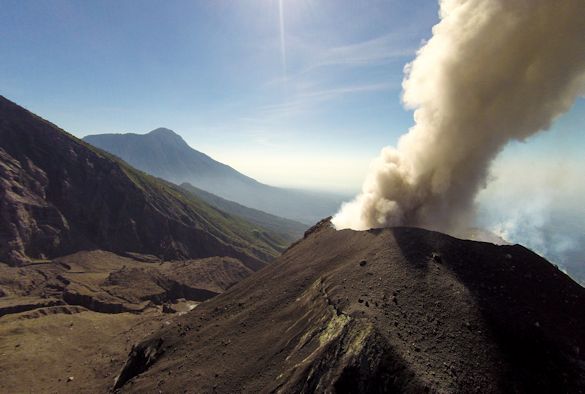
Is it possible for a volcano which has been dormant for 800 years to wake up in enraged fury? Shocks of recent activity on Mount Edgecumbe on Kruzof Island of Alaska sent the science world into a fresh spate of research on the mechanics and uncertainty of sleeping volcanoes. It has turned overnight into the world’s on-the-spot laboratory of surveillance technologies and united scientific response.

For hazard professionals and geoscientists to risk, Edgecumbe’s re-awakening is more than a regional wonder. It’s a test through observation of the consolidation of seismic, geodetic, and remote sensing observations, and knowledge of the social and psychological effects of volcanic unrest. This listicle analyzes the most fascinating revelations and advances of Edgecumbe’s history, presenting an introduction to the dynamic science of volcanic hazard assessment.
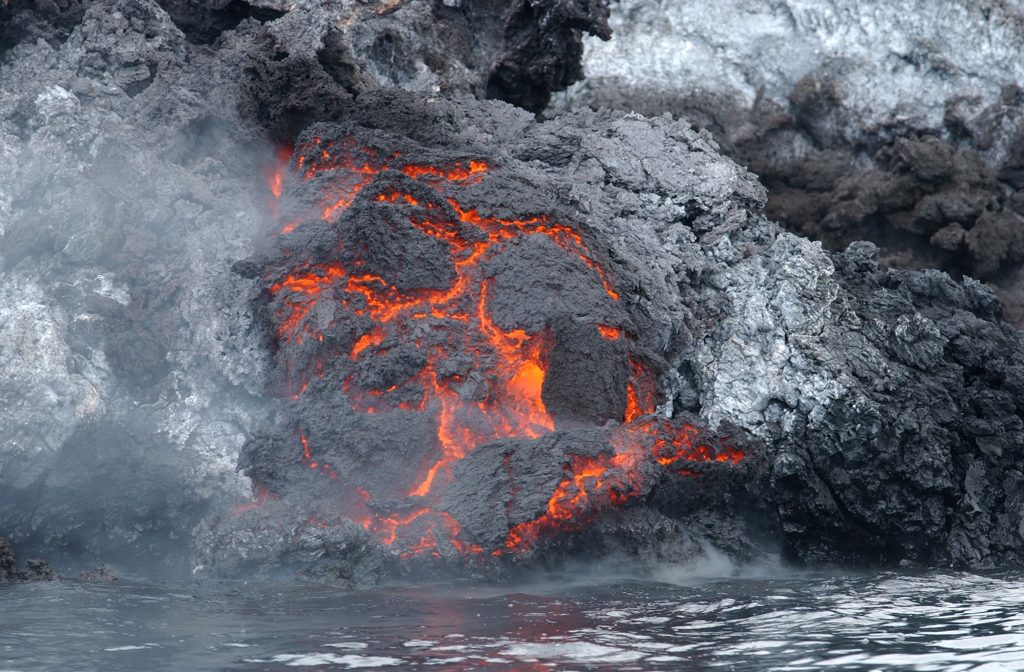
1. Dormancy Defied: The Uncommonness and Risks of Long-Quiet Volcanoes
Its 800 years of inactivity at Mount Edgecumbe are breathtaking even among the world’s dormant volcanoes. Both geologic record and indigenous oral tradition attest that its most recent eruption took place centuries ago a time span, volcanologist Ronni Grapenthin explained, that makes “reactivation of dormant volcanic systems rarely observed.” That enhanced dormancy presents special hazards: these volcanoes do not have recent exposure to eruption activity or pre-eruption signs. The Edgecumbe awakening therefore highlights continuous monitoring of even quiescent volcanoes because of a lesson provided by recent investigations of other long-quiescent systems that then erupted after centuries of inactivity.
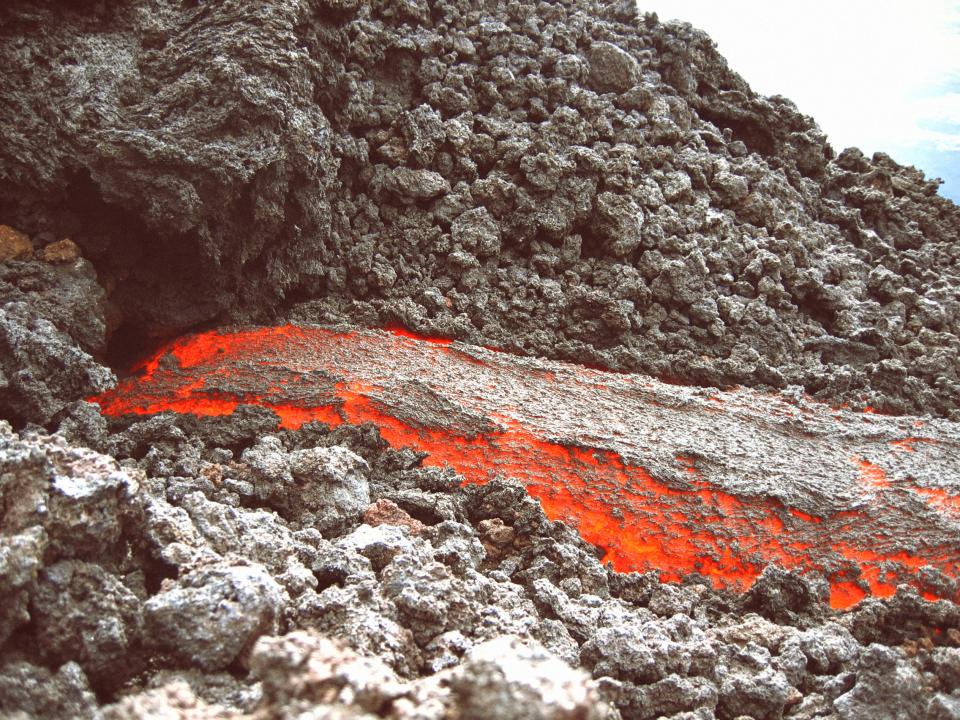
2. Seismic Swarms: The First Signs In the Subsurface
Satellite radar and ground sensors first began registering hundreds of small earthquakes under Edgecumbe in April 2022, indicating depth movement of magma. Such activity is a classic precursor to, though not a guarantee of, an eruption. Indeed, according to the Alaska Volcano Observatory, “Intrusions of new magma under volcanoes do not always result in eruptions, but…if magma rises closer to the surface…advance warning” can be anticipated. The swift reactivation of the swarm only four days prior to deformation can be detected is the quickest ever recorded rate of reactivation, and a once-in-a-lifetime opportunity to observe the first signs of unrest.
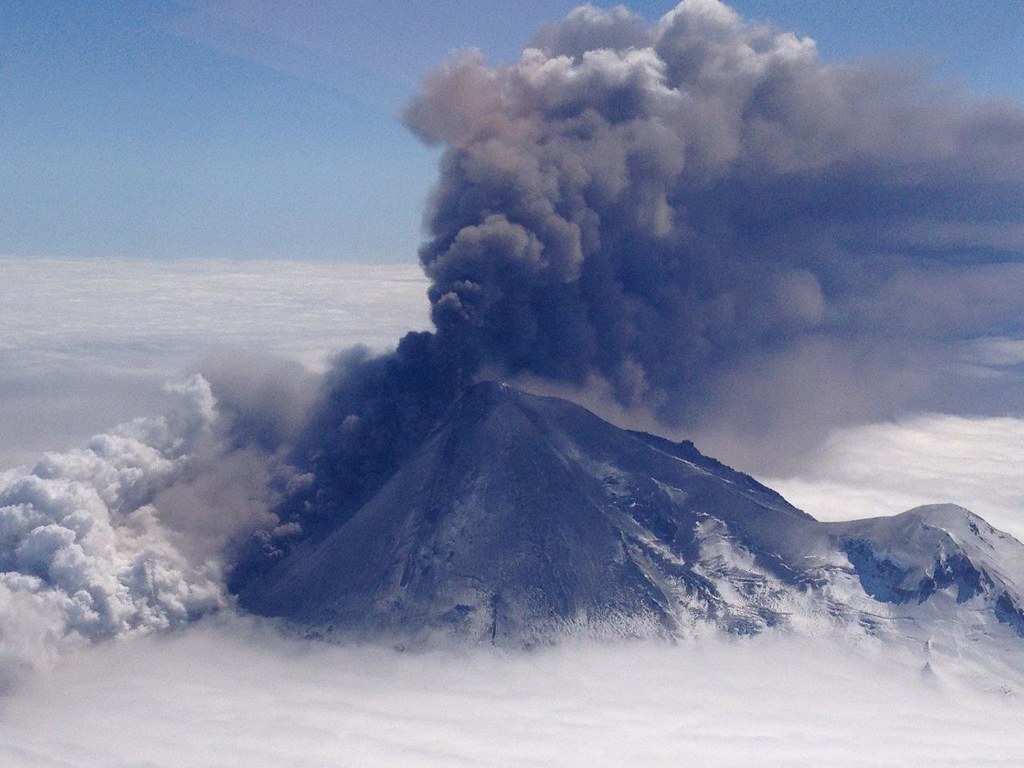
3. Revolution in Monitoring: Satellites to Deep Learning
The Edgecumbe reactivation has driven the use of advanced monitoring hardware. Alaska Volcano Observatory deployed new seismometers and GPS sites on Kruzof Island, but the real innovation is combining satellite InSAR, real-time GPS, and computational data science. New deep learning-based seismic event detection technology enables real-time, automated identification and classification of volcanic signals with greater capability than human detection. Semantic segmentation software, for instance, can analyze multi-station seismic data as pictures and detect the subtle movements which might be precursors to eruptions. They, and remote sensing, provide ground deformation and gas emission monitoring near real-time sometimes even in inaccessible or hostile terrain.
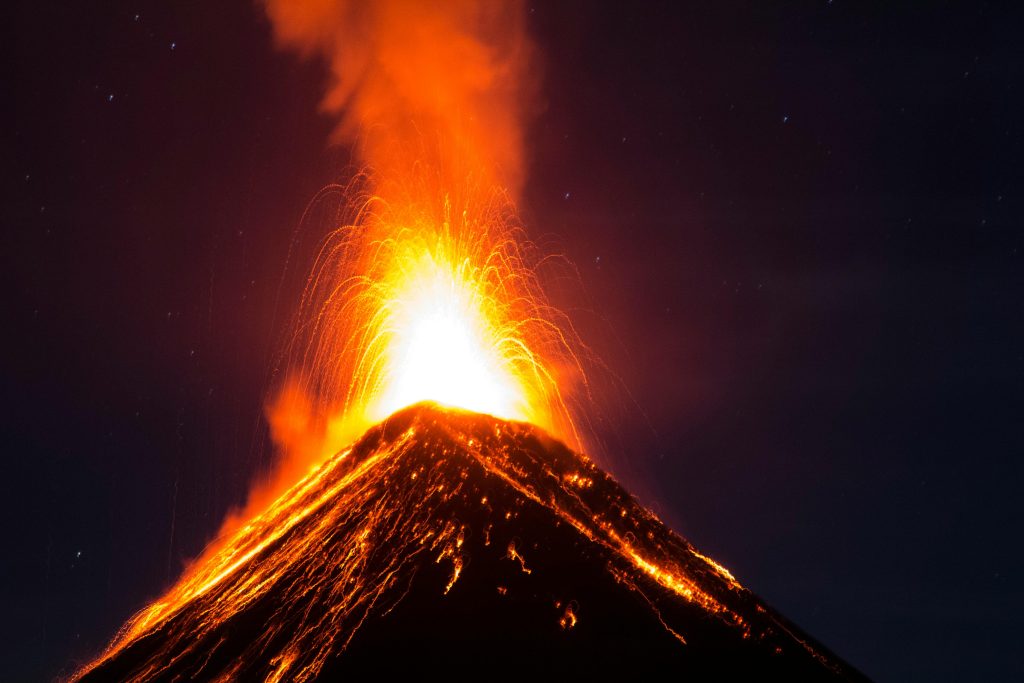
4. The Uncertainty Principle: Why Eruption Forecasting Remains Beyond Us
No matter how many sensors and no matter what new models, the predictability of volcanic eruptions is questionable. Few of the invading magmas ever make it to the surface, and every volcano’s plumbing is one of a kind. Before an eruption, as Grapenthin warns, “we should see more signs of unrest: more seismicity, more deformation…changes in patterns.” There are exciting new studies on machine learning-based forecasting in the works, but even with wonderful models, volcanoes with missing records or strange behavior fool even the best models. This uncertainty emphasizes the need for clear communication and flexible hazard planning.
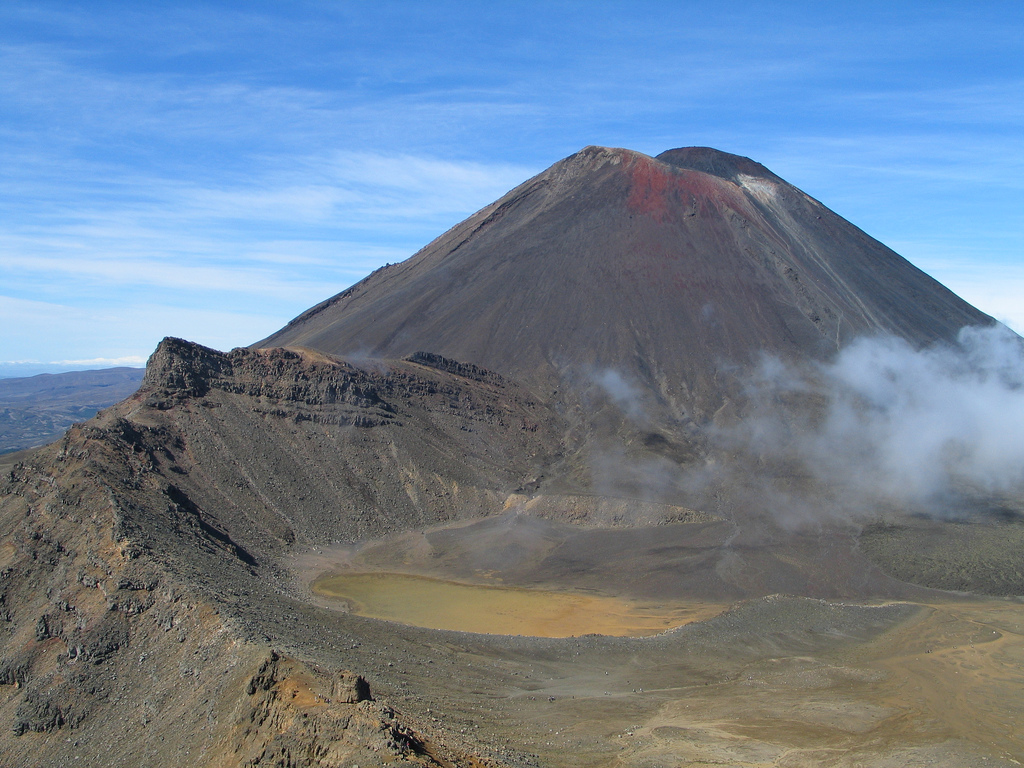
5. Psychological Fallout: Coping with Collective Anxiety
Volcanic unrest is not a geophysics event it’s a social event. Uncertainty about Edgecumbe’s fate has released so-called “collective anxiety,” a diffuse feeling of tension that can pervade communities and institutions. A 2023 Journal of Anxiety Disorders review shows how disasters, with their media and scientific uncertainty feeding them, can fuel public anxiety. Researchers and emergency planners must weigh the necessity of warning in advance against the risk of false alarms, and public warning and contingency planning must be equal in significance to technical surveillance.
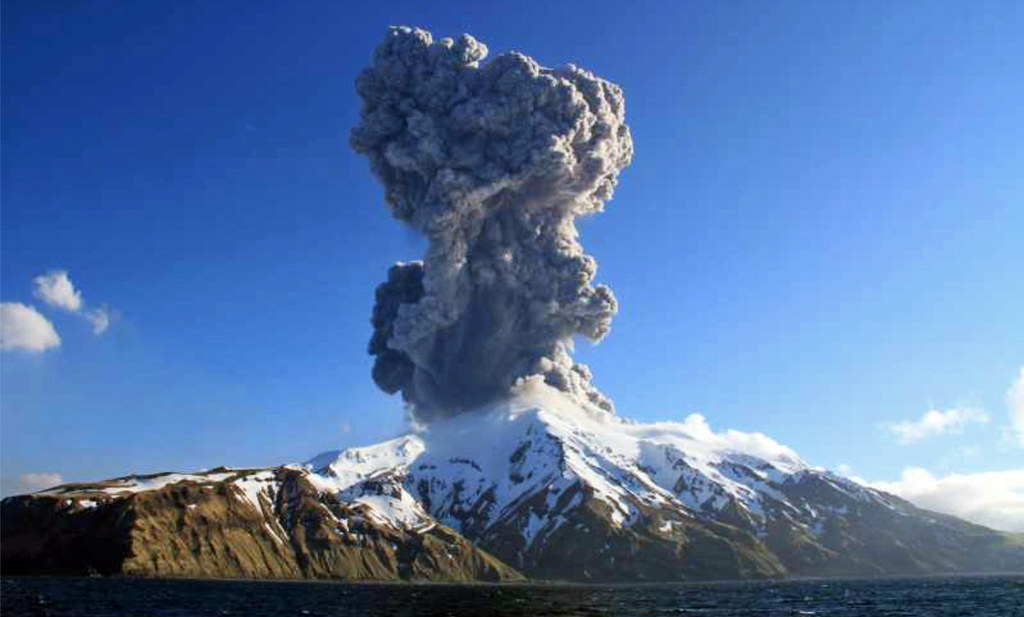
6. Environmental Stakes: Beyond the Blast Zone
While Mount Edgecumbe stands in a sparsely populated, uninhabited region, an eruption would have broad impacts. The regional wildlife, fisheries, and local economies remain exposed to threats from ashfall, acid rain, and other volcanic risks. The Alaska Volcano Observatory has created intensive hazard maps and response plans specifically considering the threats. These have been prepared to be ready in advance to realize that eruptions far away can intrude on air travel, supply chains, and ecosystem processes. The Edgecumbe experience is a lesson in the interrelatedness of proactive science-driven readiness and natural hazard.
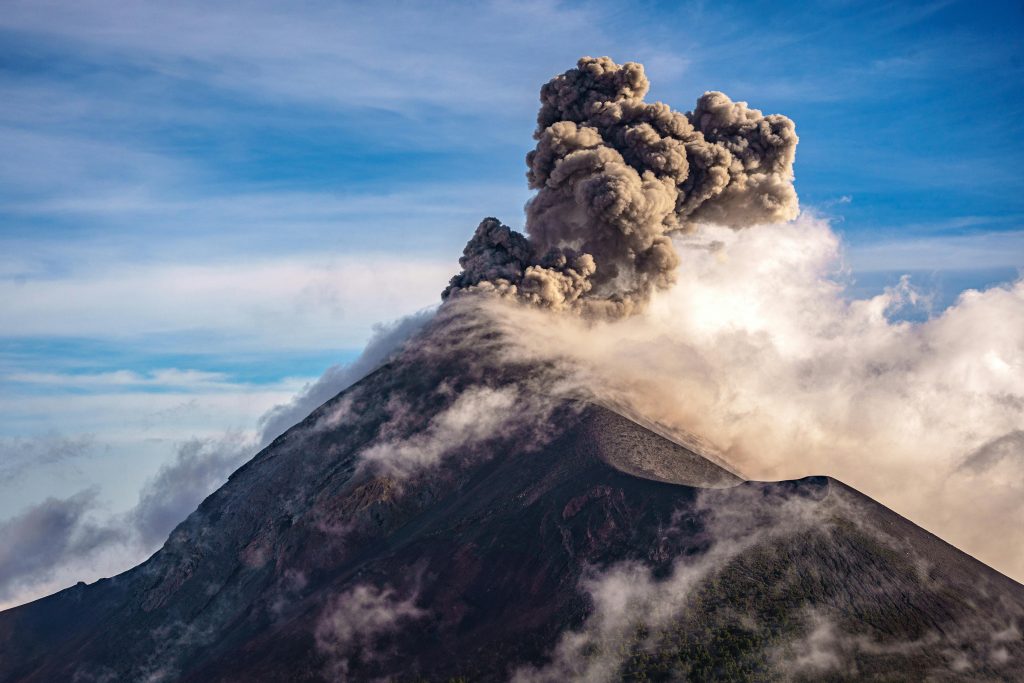
7. A New Era of Scientific Opportunity
Edgecumbe’s wake-up call isn’t only a call to action it’s a groundbreaking scientific opportunity. Scientists are using drones, miniature sensors, and AI analytics to drill into the volcano’s activity in real time. The technologies are filling knowledge gaps in magma intrusion, gas efflux, and surface deformation. As exemplified by recent terrestrial reconnaissance of volcanoes like Sakurajima and Etna, the synergy of ground, air, and satellite observations is transforming crisis management and fundamental science. The experience developed here is already influencing worldwide best practices in volcano observation and hazard evaluation.
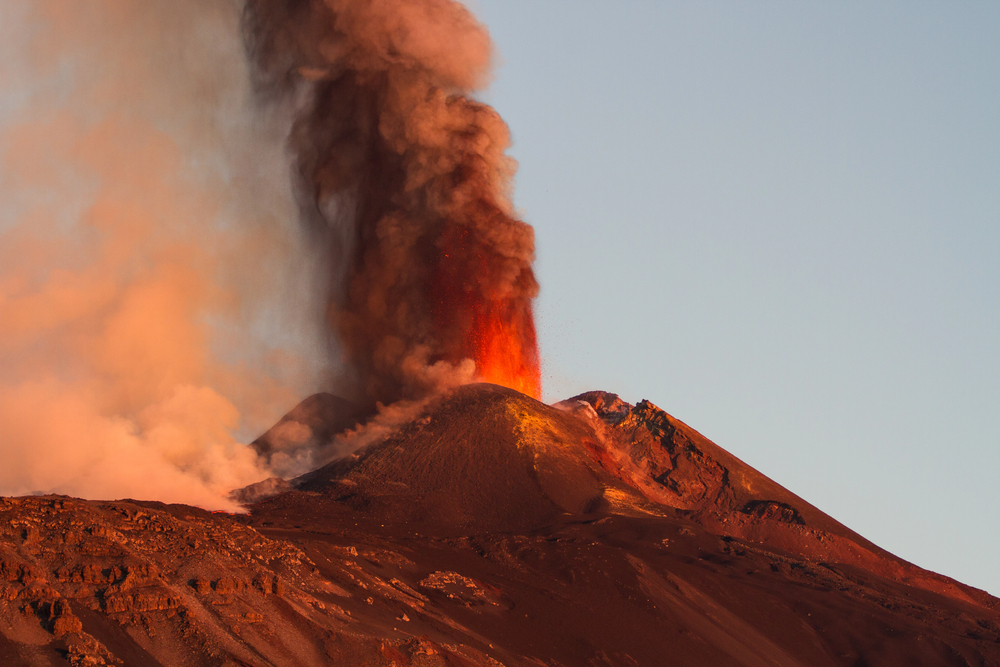
Mount Edgecumbe reminds us that volcanoes, dormant for centuries, can even astonish experienced scientists. The intersection of sophisticated monitoring, timely inspection, and open publication promises sooner warning and greater penalties and emphasizes Earth’s obstinate nature. To risk managers and geoscientists, Edgecumbe is caution and invitation: innovate, collaborate, and never underplay the weak signals of an inactive giant.

